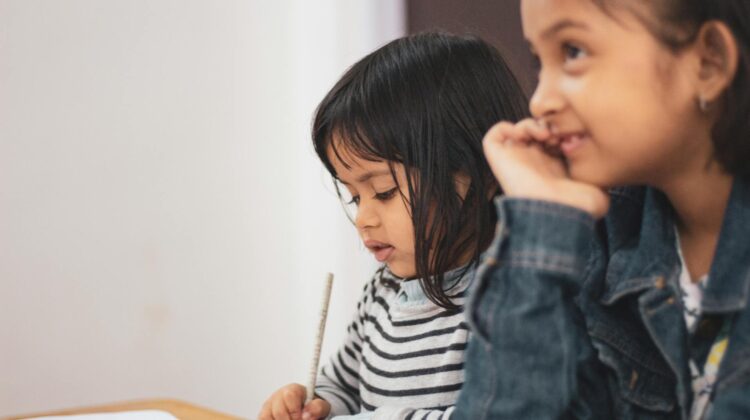
Child protection policies are a set of safety procedures in public schools designed to ensure the safety and well-being of students. These policies are put in place to prevent and respond to various forms of harm, including abuse, neglect, bullying, and other threats that students might face while they’re in school.
In this article, we’ll take a closer look at child protection policies in schools – specifically, why they’re important and how they work. The goal is to help everyone understand why child protection in schools is so crucial and how we can make it even stronger for the future.
Understanding Child Protection Policies
The development of child protection policies can be traced back to the mid-20th century when awareness grew regarding the importance of safeguarding children from harm. Historical incidents of abuse and neglect in educational settings prompted the need for formalized policies to protect students.
Child protection policies in public schools are often underpinned by federal laws, such as the Child Abuse Prevention and Treatment Act (CAPTA) and the Family Educational Rights and Privacy Act (FERPA). These laws establish the legal basis for child protection efforts in schools, emphasizing reporting mechanisms and confidentiality.
In addition to federal laws, state laws play a significant role in shaping child protection policies. Each state may have its own statutes and regulations that schools must adhere to. These state laws often define reporting requirements, background check procedures, and other key components of child protection policies.
Key Components of Child Protection Policies
- Reporting Procedures: Reporting procedures outline the steps that teachers, staff, and other stakeholders must follow when they suspect or witness any form of harm to a student. These procedures are crucial for timely intervention and the initiation of investigations.
- Background Checks: Background checks involve screening individuals who work with students, including teachers and volunteers. This process helps identify any history of criminal offenses or misconduct that might pose a risk to students’ safety.
- Training and Education: Child protection policies typically include training programs to educate school staff on recognizing signs of abuse, appropriate reporting, and maintaining a safe learning environment. These programs empower educators to play an active role in child protection.
- Monitoring and Oversight: Effective child protection policies require ongoing monitoring and oversight to ensure their implementation and compliance. School administrators and designated authorities must regularly assess the policies’ effectiveness and make necessary improvements.
Types of Harm Addressed by Child Protection Policies
- Physical Abuse: Physical abuse involves intentional acts that cause bodily harm or injury to a child. Child protection policies aim to prevent and respond to physical abuse, ensuring that students are safe from physical harm inflicted by adults or peers.
- Emotional Abuse: Emotional abuse includes behaviors that harm a child’s emotional well-being, such as constant criticism, humiliation, or intimidation. Child protection policies are designed to recognize and address emotional abuse to protect children from psychological harm.
- Sexual Abuse: Sexual abuse encompasses any non-consensual sexual activity involving a child. Child protection policies are crucial in identifying and preventing sexual abuse, providing guidelines for reporting and addressing incidents appropriately.
- Neglect: Neglect refers to the failure to meet a child’s basic needs, such as food, shelter, clothing, and medical care. Child protection policies include procedures to identify and intervene in cases of neglect to ensure children receive necessary care.
- Bullying: Child protection policies address various forms of bullying, including physical, verbal, and relational bullying, as well as cyberbullying. These policies establish anti-bullying measures, reporting mechanisms, and support systems to protect children from harm.
- Substance Abuse: Substance abuse policies in schools are part of child protection efforts. They focus on preventing and addressing issues related to drug and alcohol abuse among students, promoting a safe and drug-free learning environment.
- Peer-on-Peer Harm: Child protection policies recognize that harm can occur between peers. These policies provide guidelines for addressing conflicts, fights, and harmful behaviors among students, ensuring a safe school environment for all.
Implementation of Child Protection Policies

Roles and Responsibilities
- School Administrators: School administrators play a pivotal role in implementing child protection policies. Their responsibilities include:
- Developing and overseeing the implementation of child protection policies within the school.
- Ensuring that all staff members are trained on these policies and understand their roles.
- Creating a safe and open environment where students, staff, and parents feel comfortable reporting concerns.
- Collaborating with external agencies and authorities when necessary to address child protection issues.
- Teachers and Staff: Teachers and staff are on the front lines of child protection in schools. Their responsibilities include:
- Familiarizing themselves with the school’s child protection policies and procedures.
- Recognizing signs of abuse, neglect, or harm and promptly reporting suspicions to the appropriate authorities.
- Maintaining confidentiality when handling sensitive child protection cases.
- Participating in regular training and professional development related to child protection.
- Students: Students also play a role in promoting a safe school environment. Their responsibilities include:
- Reporting any incidents of abuse, bullying, or harm to a trusted adult or school authority.
- Treating their peers with respect and kindness, and not engaging in harmful behaviors.
- Participating in educational programs that promote awareness of child protection issues.
- Parents and Guardians: Parents and guardians are essential partners in implementing child protection policies. Their responsibilities include:
- Familiarizing themselves with the school’s child protection policies and reporting procedures.
- Communicating openly with school staff and administrators regarding any concerns about their child’s safety.
- Supporting their child’s education on topics related to personal safety and boundaries.
Conclusion
In the realm of public education, child protection policies stand as a cornerstone of safeguarding our most vulnerable citizens: the students. These policies, as defined and implemented within the educational framework, have evolved to address a wide spectrum of potential harms, from physical and emotional abuse to neglect, bullying, and substance abuse.
The journey to secure educational environments for all is not just a responsibility; it is a shared commitment among school administrators, teachers, students, and parents alike.